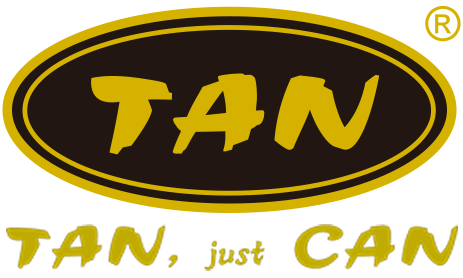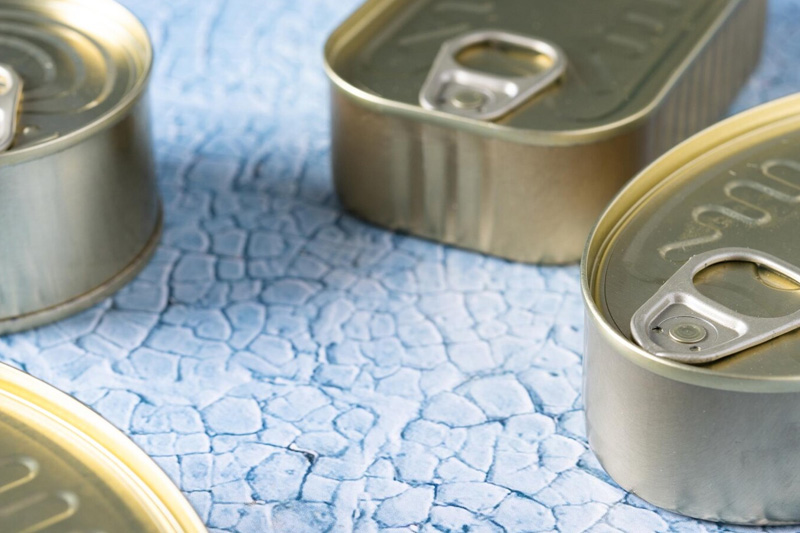Canned foods have been a staple in households for decades, offering convenience, versatility, and extended shelf life. Understanding the factors that contribute to the longevity of canned foods is essential for consumers and manufacturers alike. In this blog post, we'll delve into the intricacies of the shelf life of canned foods, exploring the role of canned food manufacturing processes, the impact of mushroom production technology, and offering valuable insights into maximizing the shelf life of canned products.
1. Canned Food Manufacturing Processes:
The shelf life of canned foods is influenced significantly by the manufacturing processes employed during production. Canned food manufacturing typically involves a series of steps, including ingredient preparation, cooking, filling, sealing, and sterilization.
During the cooking process, ingredients are subjected to high temperatures, which help kill bacteria and enzymes that can cause spoilage. Once filled and sealed, cans undergo sterilization through heat processing methods such as retorting or pressure cooking. This sterilization step further eliminates microorganisms, ensuring the safety and longevity of the canned products.
Insight: Robust manufacturing processes, including cooking and sterilization, are critical for extending the shelf life of canned foods and maintaining product quality.
2. Packaging Materials and Integrity:
The choice of packaging materials and the integrity of the seals play a crucial role in preserving the shelf life of canned foods. Canned foods are typically packaged in metal cans or glass jars, both of which provide excellent barrier properties against moisture, light, and oxygen, which can contribute to spoilage.
The integrity of the seals is essential for preventing contamination and maintaining product freshness. Any compromise in the seals, such as dents, leaks, or bulges, can lead to air ingress and microbial growth, reducing the shelf life of the canned products.
Insight: High-quality packaging materials and robust seals are essential for preserving the shelf life and quality of canned foods.
3. Role of Mushroom Production Technology:
Mushroom production technology offers innovative solutions for extending the shelf life of canned foods and enhancing their nutritional value. Mushrooms contain natural antimicrobial compounds, such as beta-glucans and polysaccharides, which possess preservative properties and inhibit the growth of spoilage organisms.
By incorporating mushroom extracts or derivatives into canned food formulations, manufacturers can enhance the product's resistance to microbial spoilage and oxidative deterioration. Additionally, mushroom-derived ingredients can contribute to the nutritional profile of canned foods, providing vitamins, minerals, and antioxidants.
Insight: Mushroom production technology presents opportunities for enhancing the shelf life and nutritional value of canned foods through natural preservatives and functional ingredients.
4. Storage Conditions and Handling:
Proper storage conditions and handling practices are essential for maintaining the quality and extending the shelf life of canned foods. Canned products should be stored in a cool, dry place away from direct sunlight and heat sources, as exposure to heat and light can accelerate deterioration and compromise product quality.
Consumers should also adhere to proper handling practices, such as avoiding dents or punctures in cans, rotating stock to ensure older products are used first, and refraining from storing opened cans in the refrigerator for extended periods.
Insight: Proper storage conditions and handling practices are critical for preserving the quality and maximizing the shelf life of canned foods.
5. Monitoring and Quality Assurance:
Regular monitoring and quality assurance measures are essential for ensuring the safety and integrity of canned foods throughout their shelf life. Manufacturers should implement rigorous quality control procedures, including microbiological testing, sensory evaluation, and shelf-life studies, to assess product stability and safety.
Additionally, manufacturers should conduct periodic inspections of packaging materials, seals, and storage conditions to identify any potential issues or deviations from quality standards. This proactive approach helps mitigate risks of spoilage and ensures that consumers receive safe and high-quality products.
Insight: Ongoing monitoring and quality assurance efforts are crucial for maintaining the safety, quality, and shelf life of canned foods.
Conclusion:
In conclusion, understanding the shelf life of canned foods requires consideration of various factors, including manufacturing processes, packaging materials, storage conditions, and quality assurance measures. Robust manufacturing processes, high-quality packaging materials, proper storage conditions, and proactive quality assurance efforts are essential for extending the shelf life and preserving the quality of canned foods. Additionally, the incorporation of mushroom production technology presents opportunities for enhancing the shelf life and nutritional value of canned products through natural preservatives and functional ingredients. By adhering to best practices and leveraging innovative solutions, manufacturers can ensure that canned foods remain safe, flavorful, and nutritious for consumers to enjoy.



采访刊发中国罐头⾏业-01.jpg)

